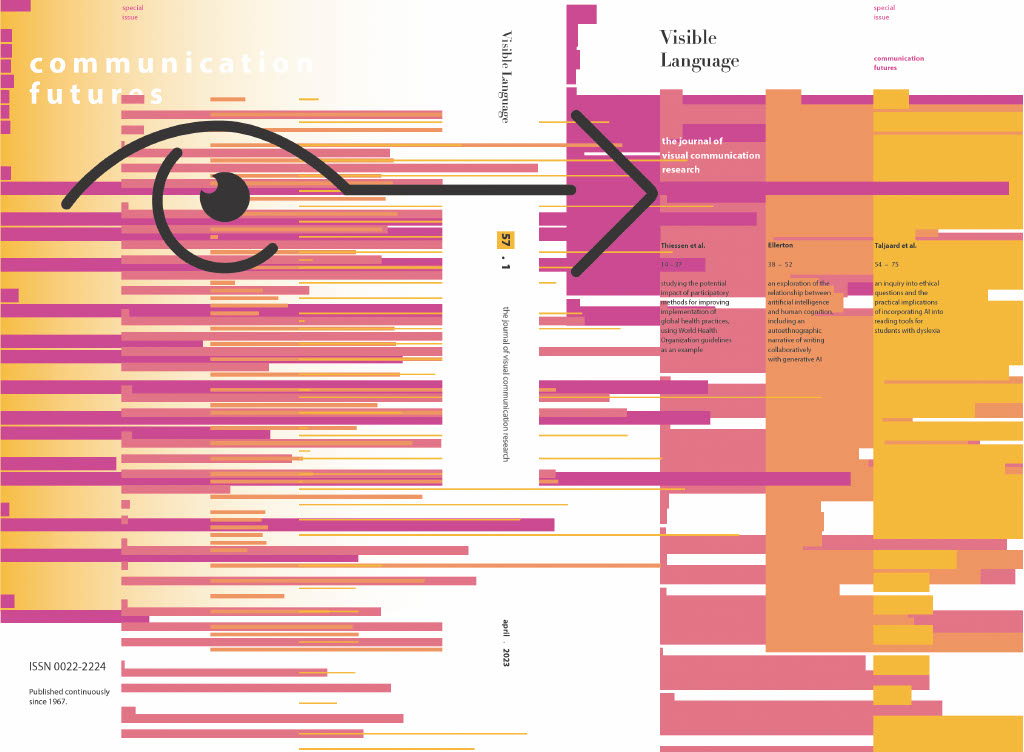The future is participatory
Collaborative communication design for global health initiatives
DOI:
https://doi.org/10.34314/wn2vpn43Abstract
The World Health Organisation develops and delivers a range of technical documents outlining best practice procedures with the aim of improving global health outcomes and with emphasis on supporting low- and middle-income countries. However, these guidelines and other normative standard setting products tend to have low uptake and implementation in the countries and communities they aim to reach due a range of system level barriers and decision-making processes. These barriers are compounded by a disconnect between the individuals who write and develop guidelines, typically in wealthy nations, and those who are expected to implement them at the country level, typically in middle- and low-income countries. In order to address this problem, we employ the Digital Tactile Tools co-design method as a means to understand the lived experience of implementing guidelines in country contexts. By drawing on participatory design, we show that alternative approaches to generating and testing, at scale, communication design processes is a viable and important means to developing more inclusive and responsive global health guidance. With this example we suggest that communication futures must consider the wider context and environmental factors in which information will be used and understood.

